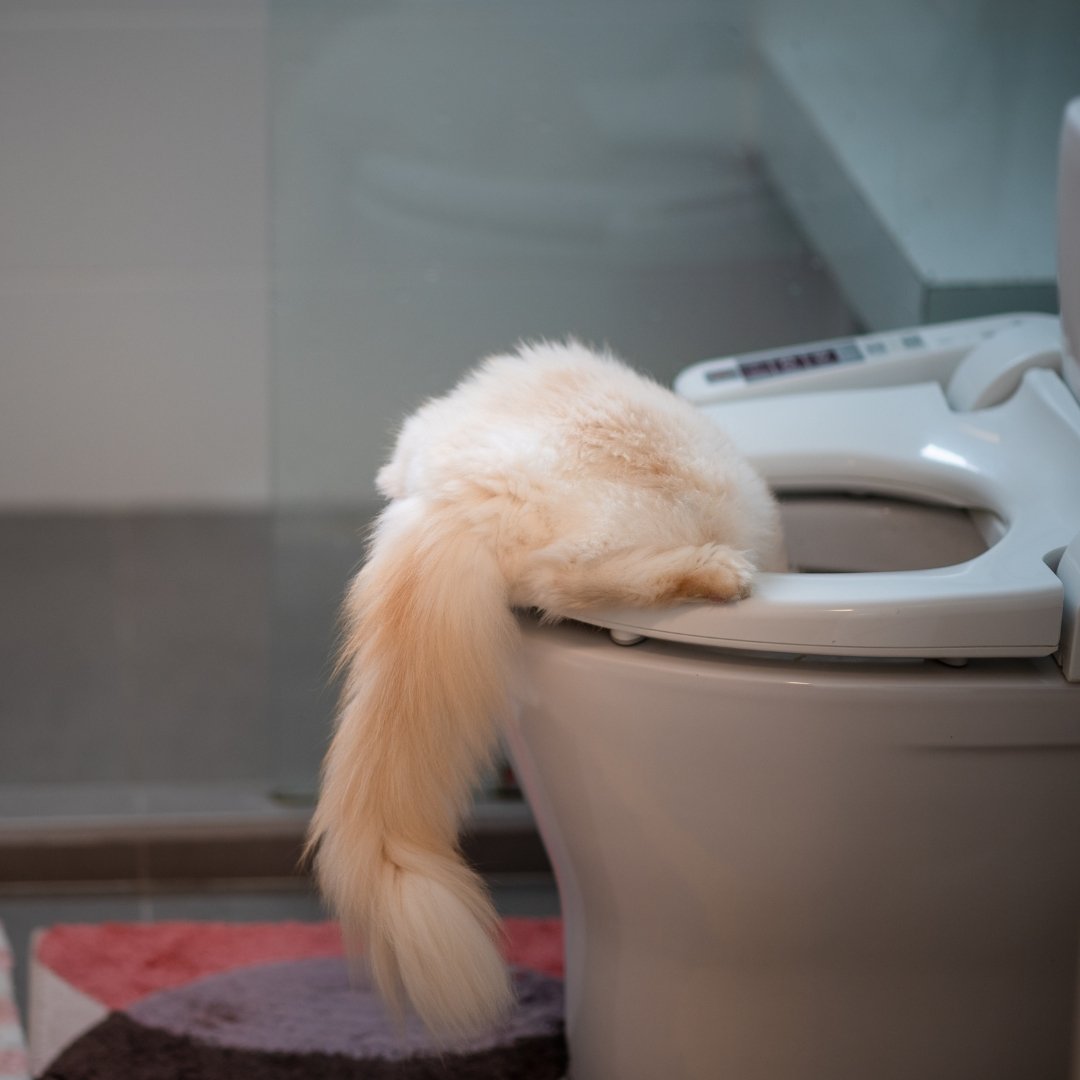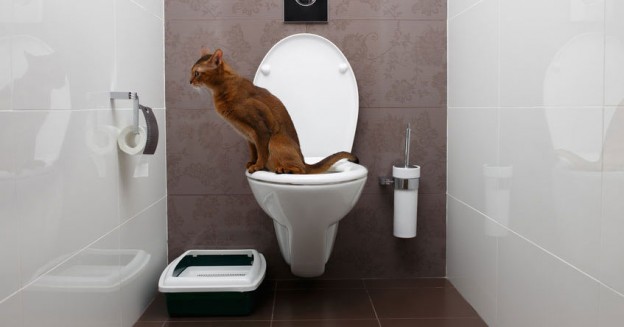Why You Shouldn't Flush Cat Poop Down Your Toilet - Maintain Your Plumbing Health
Why You Shouldn't Flush Cat Poop Down Your Toilet - Maintain Your Plumbing Health
Blog Article
What are your opinions about How to Dispose of Cat Poop and Litter Without Plastic Bags?

Intro
As feline proprietors, it's essential to bear in mind exactly how we get rid of our feline buddies' waste. While it may appear practical to flush cat poop down the commode, this method can have harmful effects for both the atmosphere and human health.
Alternatives to Flushing
The good news is, there are much safer and more liable ways to deal with cat poop. Take into consideration the complying with alternatives:
1. Scoop and Dispose in Trash
The most usual technique of throwing away feline poop is to scoop it right into a biodegradable bag and toss it in the trash. Make sure to utilize a devoted litter inside story and throw away the waste quickly.
2. Usage Biodegradable Litter
Choose biodegradable pet cat trash made from products such as corn or wheat. These trashes are eco-friendly and can be safely dealt with in the garbage.
3. Bury in the Yard
If you have a lawn, take into consideration burying feline waste in a designated area far from veggie gardens and water resources. Make certain to dig deep enough to stop contamination of groundwater.
4. Install a Pet Waste Disposal System
Purchase a family pet waste disposal system specifically made for cat waste. These systems utilize enzymes to break down the waste, lowering odor and environmental effect.
Wellness Risks
In addition to environmental worries, purging cat waste can additionally position health and wellness threats to humans. Cat feces may consist of Toxoplasma gondii, a bloodsucker that can cause toxoplasmosis-- a potentially serious health problem, specifically for expecting ladies and people with damaged body immune systems.
Environmental Impact
Flushing cat poop introduces harmful pathogens and parasites right into the water, posing a considerable danger to water ecological communities. These contaminants can negatively impact aquatic life and concession water quality.
Verdict
Accountable pet possession prolongs beyond giving food and shelter-- it also includes appropriate waste administration. By refraining from flushing pet cat poop down the commode and going with different disposal approaches, we can lessen our ecological footprint and safeguard human health and wellness.
Why Can’t I Flush Cat Poop?
It Spreads a Parasite
Cats are frequently infected with a parasite called toxoplasma gondii. The parasite causes an infection called toxoplasmosis. It is usually harmless to cats. The parasite only uses cat poop as a host for its eggs. Otherwise, the cat’s immune system usually keeps the infection at low enough levels to maintain its own health. But it does not stop the develop of eggs. These eggs are tiny and surprisingly tough. They may survive for a year before they begin to grow. But that’s the problem.
Our wastewater system is not designed to deal with toxoplasmosis eggs. Instead, most eggs will flush from your toilet into sewers and wastewater management plants. After the sewage is treated for many other harmful things in it, it is typically released into local rivers, lakes, or oceans. Here, the toxoplasmosis eggs can find new hosts, including starfish, crabs, otters, and many other wildlife. For many, this is a significant risk to their health. Toxoplasmosis can also end up infecting water sources that are important for agriculture, which means our deer, pigs, and sheep can get infected too.
Is There Risk to Humans?
There can be a risk to human life from flushing cat poop down the toilet. If you do so, the parasites from your cat’s poop can end up in shellfish, game animals, or livestock. If this meat is then served raw or undercooked, the people who eat it can get sick.
In fact, according to the CDC, 40 million people in the United States are infected with toxoplasma gondii. They get it from exposure to infected seafood, or from some kind of cat poop contamination, like drinking from a stream that is contaminated or touching anything that has come into contact with cat poop. That includes just cleaning a cat litter box.
Most people who get infected with these parasites will not develop any symptoms. However, for pregnant women or for those with compromised immune systems, the parasite can cause severe health problems.
How to Handle Cat Poop
The best way to handle cat poop is actually to clean the box more often. The eggs that the parasite sheds will not become active until one to five days after the cat poops. That means that if you clean daily, you’re much less likely to come into direct contact with infectious eggs.
That said, always dispose of cat poop in the garbage and not down the toilet. Wash your hands before and after you clean the litter box, and bring the bag of poop right outside to your garbage bins.
https://trenchlesssolutionsusa.com/why-cant-i-flush-cat-poop/

We were made aware of that editorial about How to Dispose of Cat Poop and Litter Without Plastic Bags from a good friend on our other web blog. If you appreciated our article if you please do not forget to pass it around. Thank you for your time spent reading it.
Schedule Report this page